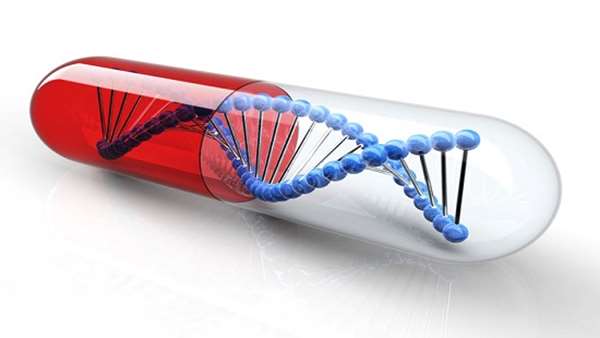New microcapsules to enhance the efficiency of genome-editing
Researchers from Tomsk Polytechnic University jointly with their colleagues from St. Petersburg, Hamburg and London have found that polymer and hybrid silica-coated microcapsules are more efficient in genome-editing when applying CRISPR-Cas9. In the future, this joint development will significantly simplify and increase the efficiency of genome editing, which can treat previously irremediable inherited diseases such as Alzheimers, hemophilia and many others.
Researchers from Tomsk Polytechnic University jointly with their colleagues from St. Petersburg, Hamburg and London have found that polymer and hybrid silica-coated microcapsules are more efficient in genome-editing when applying CRISPR-Cas9. In the future, this joint development will significantly simplify and increase the efficiency of genome editing, which can treat previously irremediable inherited diseases such as Alzheimers, hemophilia and many others.
The results of the study were published in Nanomedicine: Nanotechnology, Biology and Medicine.
Clustered regulatory interspaced short palindromic repeats / Cas9 (CRISPR-Cas9) is a revolutionary genome-editing technology with huge potential for research and clinical applications. According to co-author Prof. Boris Fehse of the University Medical Center Hamburg–Eppendorf, bacteria have an adaptive immune system ensuring recognition and eradication of viruses (bacteriophages) if they try to infect them more than once. For this purpose, bacteria incorporate short sequences of the viral genome into their own genome (in the CRISPR region) and utilize them as a template to synthesize short complementary RNAs that recognize a phage genome using the key-lock principle (similar to human antibodies recognizing pathogens that try to infect a person repeatedly).
CRISPR-Cas 9 procedures present a safety challenge. "These delivery methods are highly toxic. When they are used, some of the edited cells die. For example, when delivering biomaterial by electroporation, only 40 to 50 percent of cells survive," says Alexander Timin, one of the main authors of the article.
To solve this problem, the researchers decided to use 2-2.5 micrometer (μm) polymeric and hybrid silica-coated capsules (SiO2). They are loaded with genetic material and delivered to the target cell. It absorbs them through micropinocytosis, a process in which cells capture relatively big particles. Thus, microcapsules enter the cytoplasm of cells and release their contents. The shell itself gradually dissolves.
"Delivery efficiency with these microcapsules is achieved due to low toxicity. The study showed that over 90 percent of cells survive after transfection. Thus, the percentage of edited cells became significantly higher in comparison when liposomes were used for transfection," says Alexander Timin.
The results allow the scientists to conclude that the microcapsules represent promising vectors for application of genome-editing tools. The next stage, according to the researchers, will be the application of CRISPR-Cas9 using microcapsules to deliver genetic material in in vivo studies.
Reference: http://www.nanomedjournal.com/article/S1549-9634(17)30168-5/fulltext





ارسال به دوستان